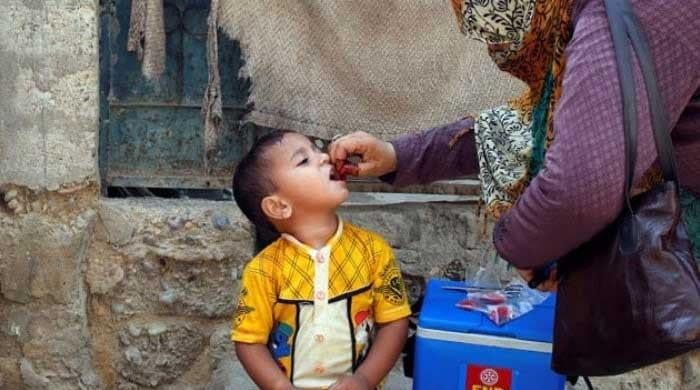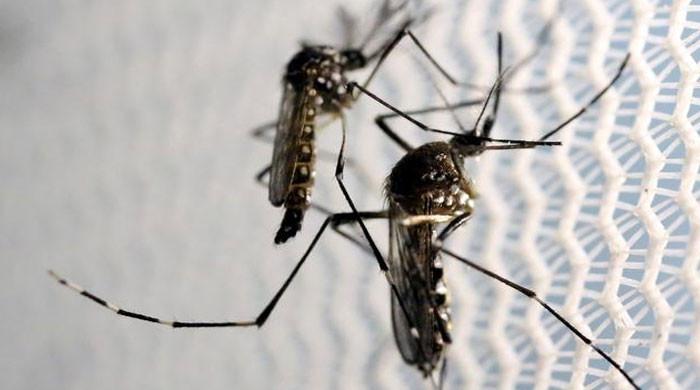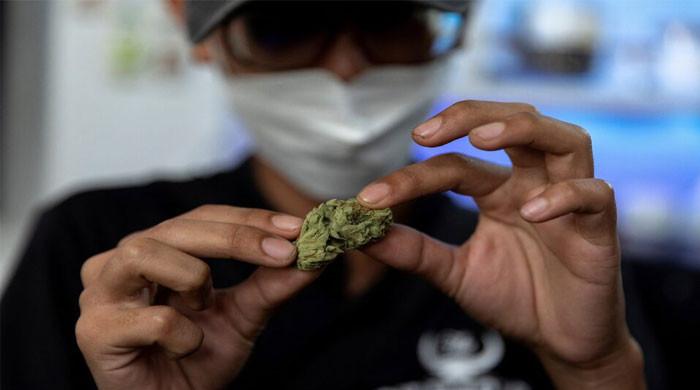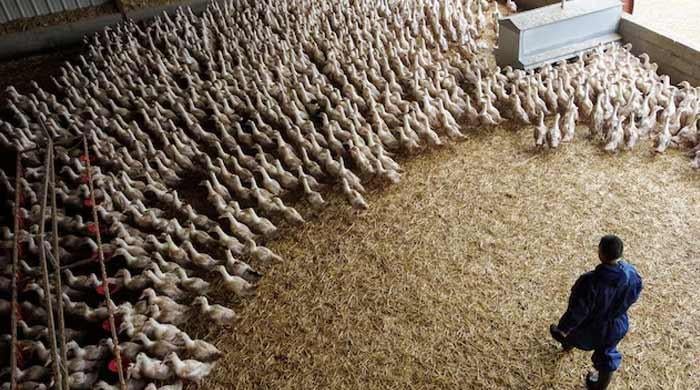Ill restaurants workers cause food poisoning outbreaks, CDC says
"The most commonly identified viruses were norovirus (47%), followed by salmonella (19%)," study suggests
May 31, 2023
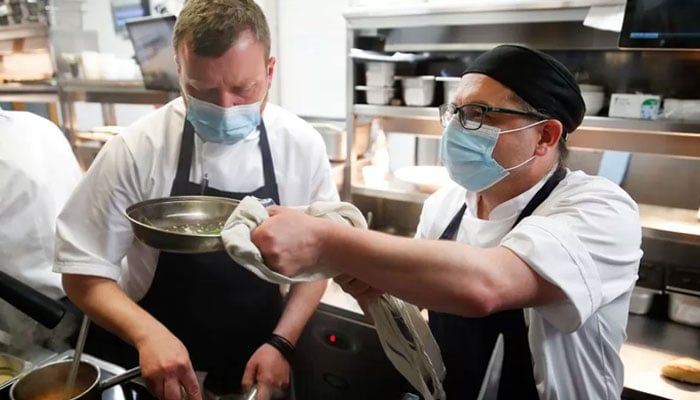
Centres for Disease Control and Prevention (CDC) in its new study published Tuesday revealed ill workers at food shops were the major drivers behind the outbreak of foodborne diseases in restaurants, with the most common pathogen identified as norovirus.
The study conducted by the CDC’s Morbidity and Mortality Weekly Report covered 800 outbreaks of foodborne illness at US restaurants between 2017 and 2019, reported by 25 state and local health departments, CNN reported.
According to the study, the most commonly identified viruses were norovirus (47%), followed by salmonella (19%).
The former is linked with the illness caused to passengers at sea which is highly contagious and causes vomiting and diarrhoea after two days of infection.
The latter causes diarrheal illnesses that start two to three days after the infection. Salmonella may also cause abdominal cramps, infection, chills, nausea and vomiting.
The study highlighted that "the contributing factors were identified in about two-thirds of restaurant-related outbreaks of foodborne illnesses. Among these, 41% were related to workers handling and contaminating food while ill."
As the restaurants were surveyed from the data collection, it was also found that they had policies aimed at keeping sick staff from working, fewer than half (44%) offered paid sick leave.
The study authors noted that "extending paid sick leave for more restaurant workers could curb food contamination by safeguarding income for restaurant workers who typically work for low hourly wages and tips."
Sarah Sorscher, director of regulatory affairs at the Center for Science in the Public Interest in Washington, DC, said: "This issue illustrates very clearly how the health of workers and consumers is connected. Everyone benefits when sick workers are allowed to stay home."
The study also found gaps in communication between restaurants and workers.
While most restaurants had written policies about staff informing about their illness, they were asked to report certain symptoms, only a minority (23%) specified all five symptoms for which they should stay home: vomiting, diarrhoea, a wound with pus, a sore throat with a fever, or jaundice.
The percentage of the restaurants that reported the disease outbreak was only 16% and followed through on four key recommendations. They had a policy that sick staff should tell a manager when they're not feeling well, staff were urged to report illness any time they had any one of five risky symptoms, the restaurant didn’t allow workers to work while ill, and workers had been told about all five symptoms that should keep them home from work.
The CDC also noted that more comprehensive food safety policies could also cut down on contamination.
"Obviously, encouraging employees who are clearly sick to stay home is good policy. Whether or not they do that when they’re facing the possibility of not getting a paycheck may be an issue, especially if they’re not that sick yet," says Bill Marler, a Seattle attorney who specializes in cases related to foodborne illness.
"Although expanding access to paid sick leave is important," he said, "it probably wouldn’t stop all worker-associated outbreaks, because people often become contagious before they’re aware they are ill."
"There’s a significant minority of cases where people are asymptomatic,"
he said.
"So they’re coming to work and they don’t know they’re sick at all, and they’re transmitting salmonella or norovirus, or they’re at the very beginnings of their illness and so not sick enough to stay home," Marler added.




